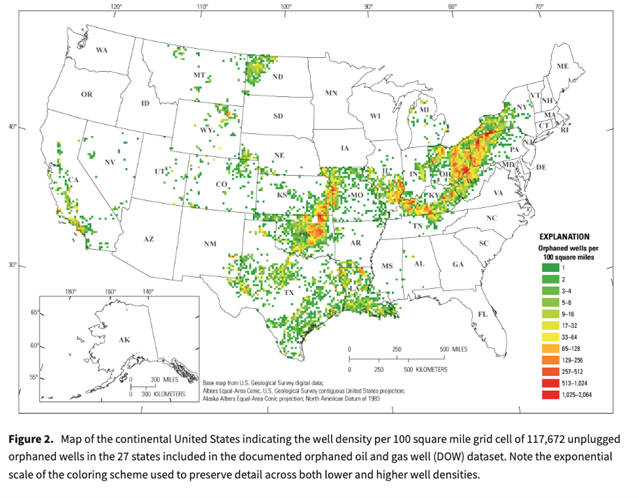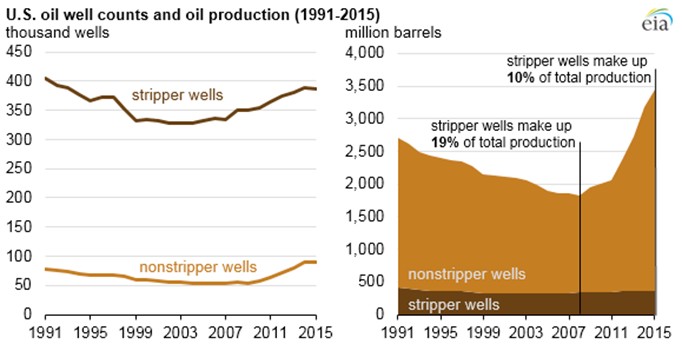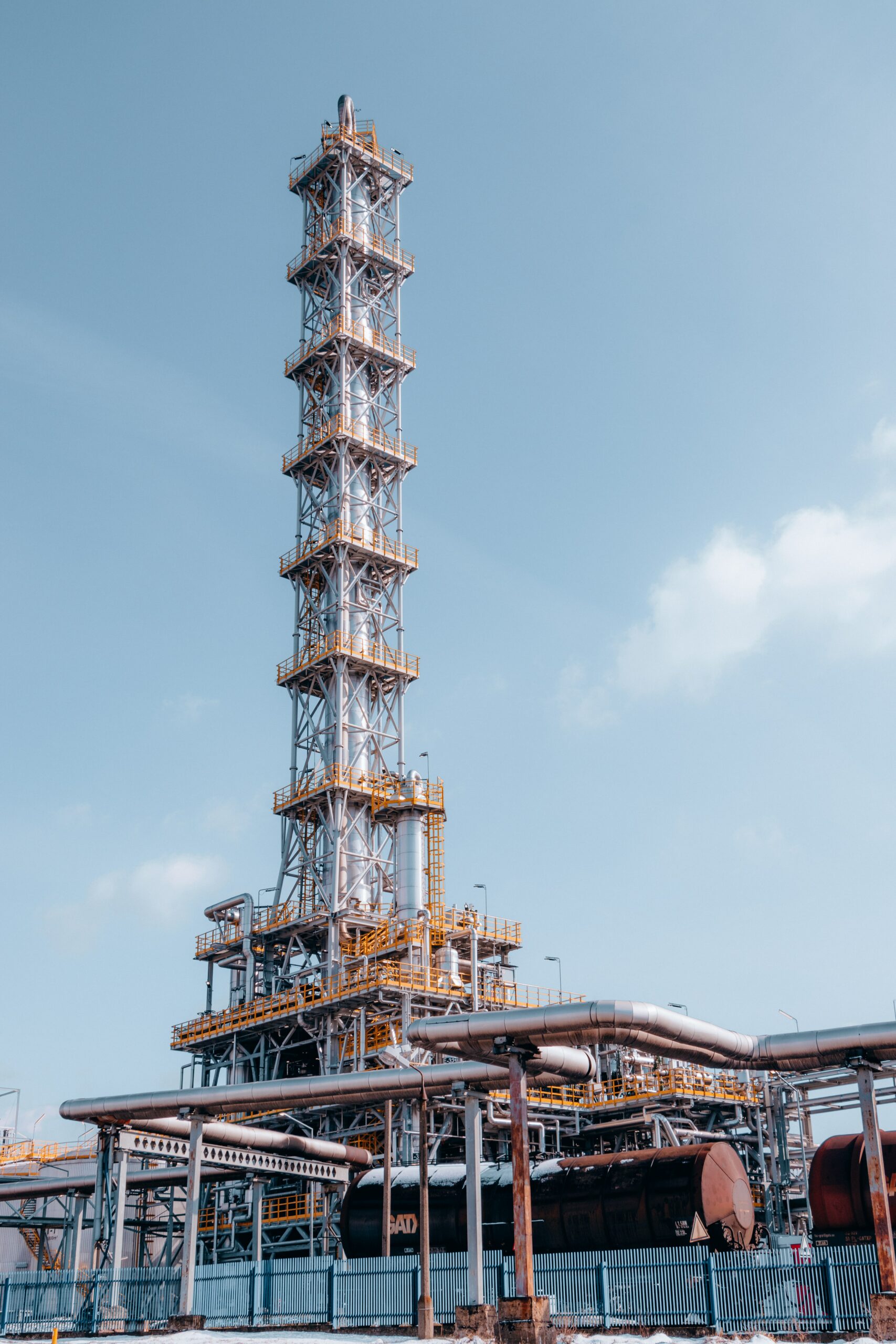
*Source – www.iea.org/reports/oil-2021
Historic & Projected Demand
Ever Growing
Oil consumption worldwide reached 94.1 Million Barrels per day in 2021 (19.89 Million in the USA) and, even in the face of economic pressure due to the pandemic, is expected to reach 104.1 Million Barrels per day by 2026*.
West Texas Intermediate
WTI Crude Oil’s average price increased dramatically over the last few years ($94.53 in 2022).
Immediate Future
Oil is predicted to continue at its elevated rates for the foreseeable future, $80 – $90 being the new norm, and potentially going as high as $150 per barrel.
Industry leadinng Analysts Predict Higher Energy Prices In 2024 And 2025
AI-Powered “Stripper Wells” Could Offer Investors Significant Upside Potential, While Supporting American Energy Independence
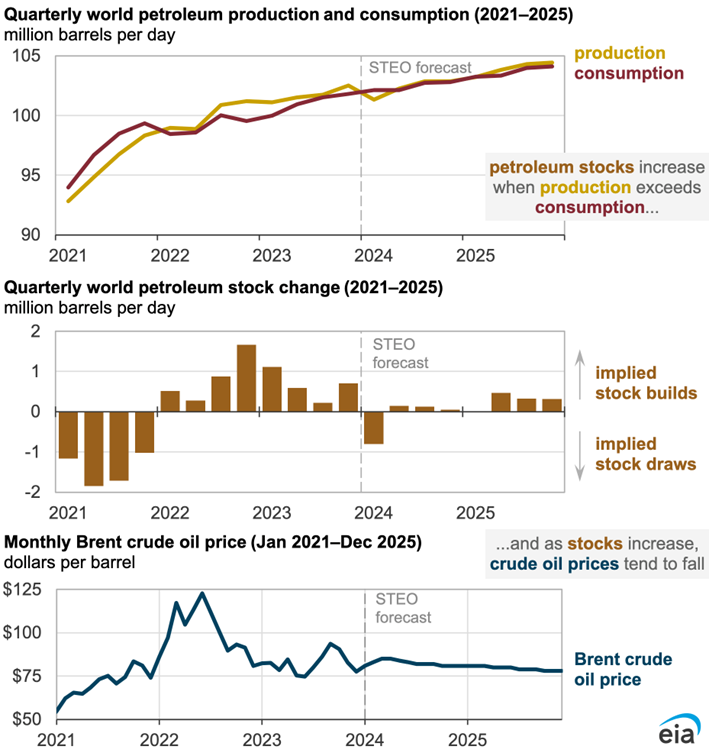
OIL’S BOOM BUST CYCLE EXPLAINED
Unlike software startups that can be launched quickly and cheaply… producing, transporting, and refining O&G products requires considerable infrastructure and upfront capital expenditures to bring new projects online.
However, because the price of O&G is determined by supply and demand, changes in price can have significant impacts on investment activity in the sector.
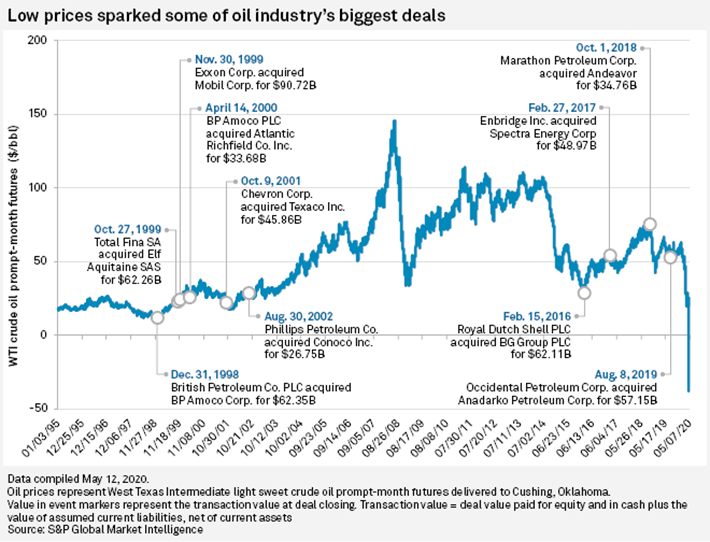
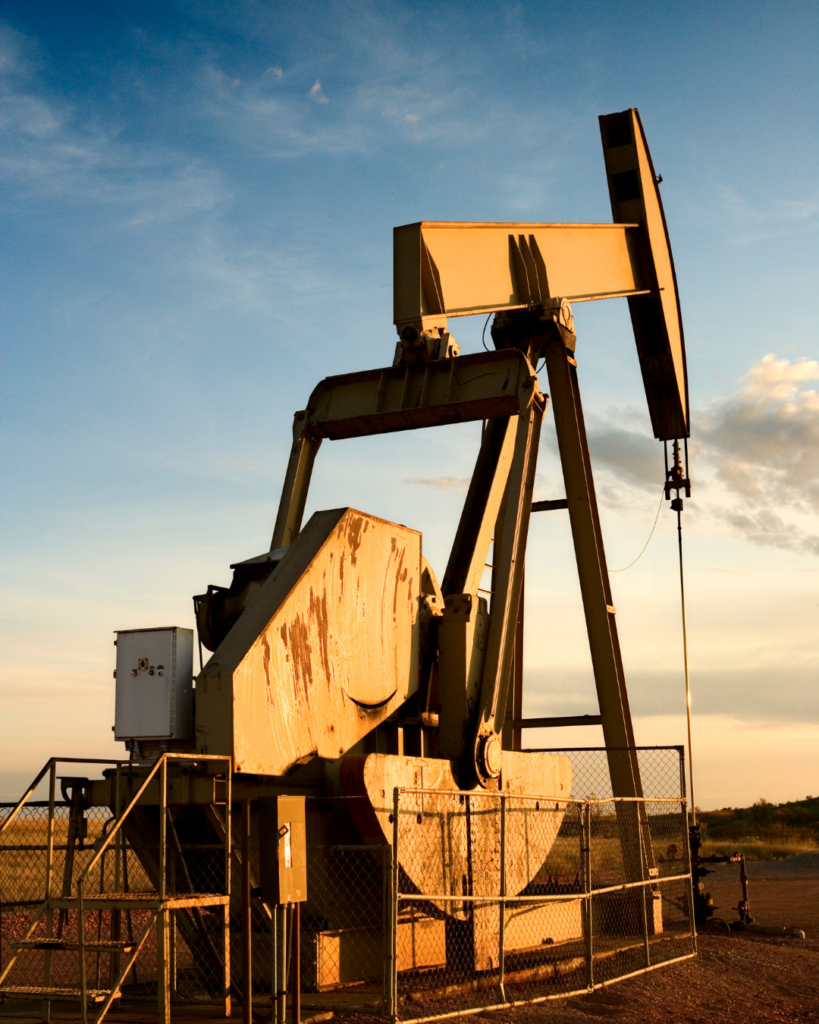
five predictable stages that drive the Boom Bust Cycle
CURRENT LANDSCAPE
IS AMERICA RUNNING OUT OF OIL?
Although the United States is currently the top producing country, every year of record production that isn’t replaced by new supply means our reserves are shrinking.
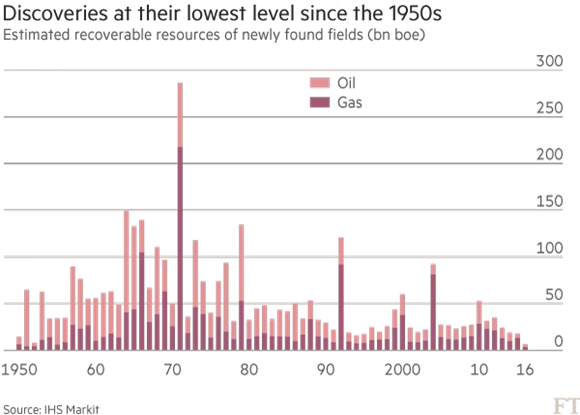
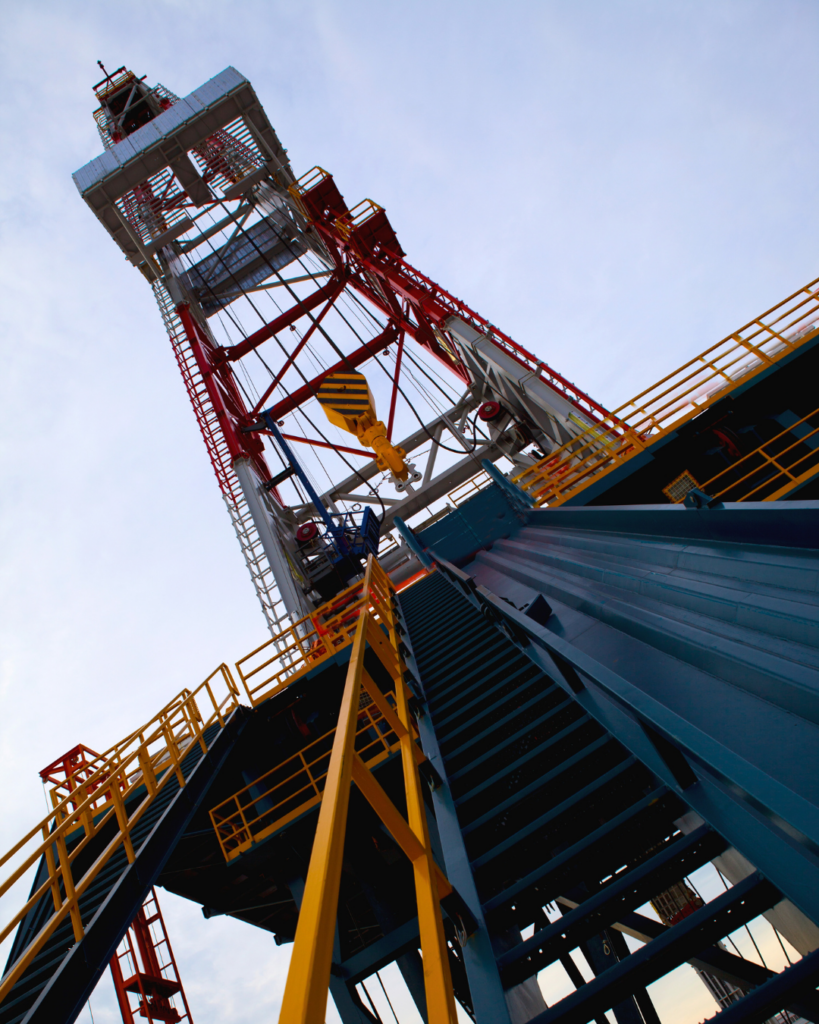
Over the past 10 years, the world has replaced less than half of the oil that was produced.
Discoveries of new oil and gas fields have dropped to a fresh 60-year low, as companies put a brake on exploration and large fields have become harder to find.
The offshore industry accounted for about 95% of exploration spending this year to date but only about two-thirds of discovered volumes.
A NEW ERA OF OIL
The Shift From Big Discoveries To Asset Management
Previous 100 Years
All about long-term bets on land assets, innovation at the wellhead, and maximizing short-term profits to capture windows of favorable pricing.

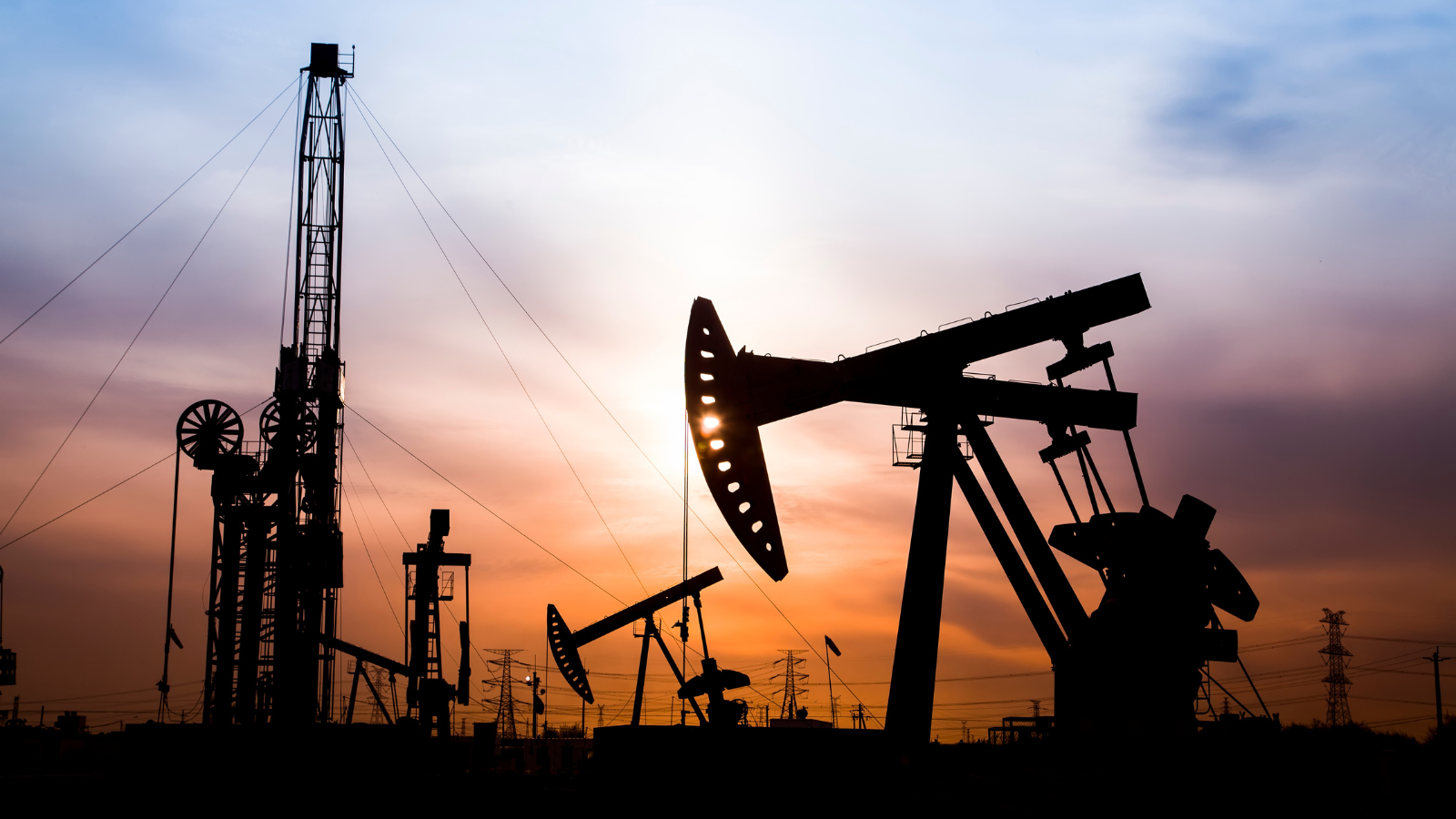
Next Decade Prediction
We’ll see a shift toward managing assets, maximizing long-term profitability, and handling environmental issues.
By current estimates
the United States has 760,000 stripper wells in production
About 400,000 oil and 360,000 natural gas wells total.
~1M active oil and gas wells in the u.s.
76% of Active U.S. wells are low production stripper wells
In addition to this, researchers estimate that there are between 2-3 million abandoned (a.k.a. “orphaned”) oil and gas wells in the United States that may have producible reserves, but simply aren’t in operation.
